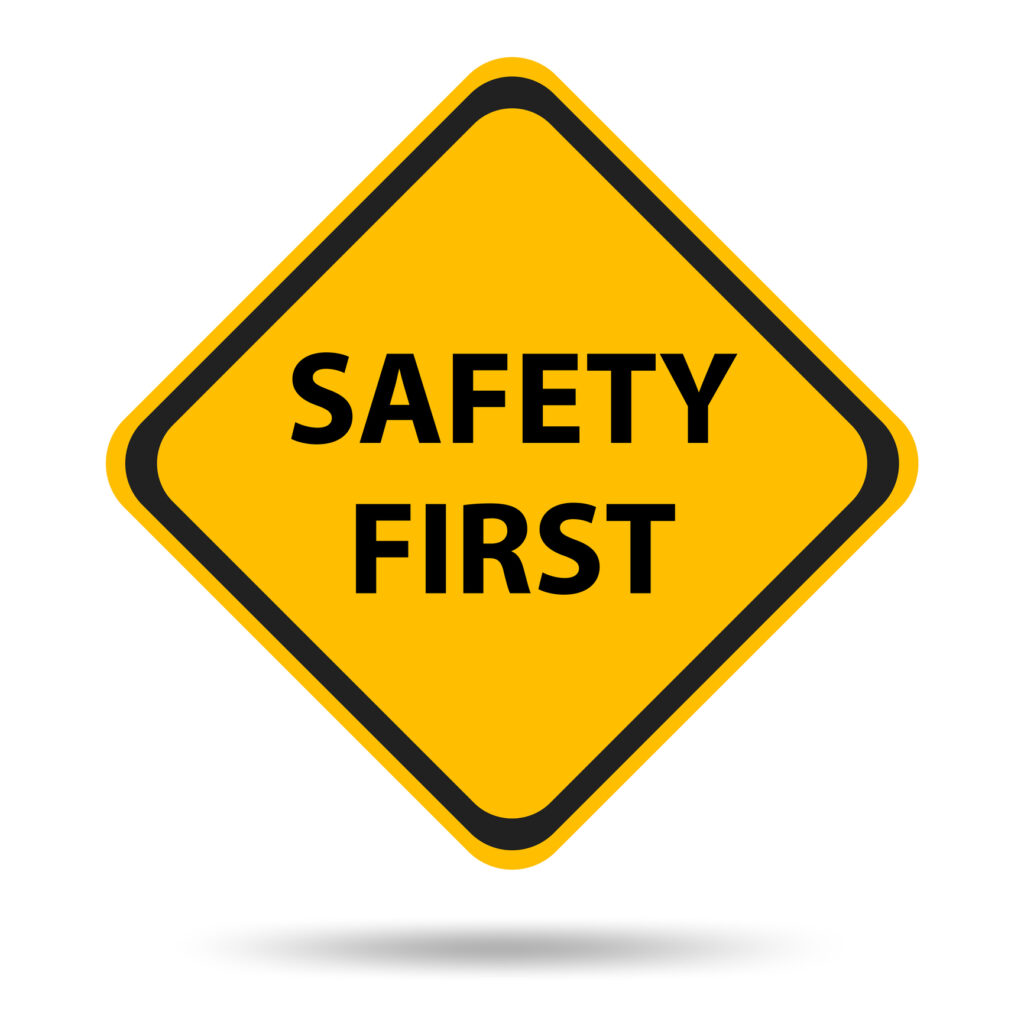Why maintain the shock absorption system in a good condition?
Strong body sway, unsteady handling in corners and unusual braking behaviour are all signs that it’s time to take a look at your shock absorbers. Wear is gradual, so it’s not easy to spot a deterioration in performance.

During everyday driving, the driver becomes accustomed to increasingly soft and ineffective shock absorbers. What’s more, this does not have to be seen as a disadvantage. A soft suspension may even seem slightly more comfortable, but this is a misconception. In reality, wear on the shock absorbers has a very negative impact on driving safety and can prevent you from making emergency manoeuvres.
It will also reduce the comfort of your journey – tossing around in your car seat is no fun. If your car continues to wobble after going over a speed bump, becomes stumpy under braking or leans heavily to one side in corners, it’s time to check your suspension system. We explain why shock absorber performance is so important.
Why are efficient shock absorbers so important?
Shock absorbers used in cars are very important for active safety, that is, the prevention of accidents. They are responsible for stabilising the car while driving and ensuring constant pressure on the road. It is thanks to efficient shock absorbers that the car remains stable when driving over a transverse bump, and the wheel does not jump when hitting a pothole.
It’s also important to maintain constant contact between the wheels and the road, as the tyres are the only points of contact between the car and the road. So, if one of the wheels were to detach from the tarmac or start bouncing on it, the car would lose a quarter of its contact patch. If this happened in a bend, you could lose control of the vehicle. Add to this the fact that poorly cushioned unsprung masses produce large vibrations that are clearly felt in the passenger compartment.
An equally dangerous phenomenon is how a worn out car suspension behaves after a skid. A car with good shock absorbers remains stiff and can be pulled out of a skid. There is a reason why cars used for drifting have lowered and hardened suspension. So how will a car with heavily worn shocks behave? Unfortunately, such a vehicle has a distinct tendency to roll. Unconstrained by shock absorbers, the suspension springs act like a catapult, resulting in the car rolling. A similar phenomenon can occur after a dynamic change of direction.

How do worn shock absorbers affect braking distance?
This is not the end of the bad news for people who underestimate the insufficient condition of shock absorbers. As we mentioned earlier, a car with damaged or faulty shock absorbers has a tendency to dive under braking and lift the front end after acceleration. This behaviour strongly influences the braking distance. The three most important components responsible for reducing stopping distance are the brakes, tyres and shock absorbers.
While the first two are not in doubt, the last one is forgotten by many drivers. How do shock absorbers reduce braking performance? Let’s start with the front wheels. When you step on the brake pedal, the car’s centre of gravity shifts to the front. However, the front wheels are not pressed down as hard as they could be, resulting in a jackhammer-like vibration. The wheels hop on the asphalt and cannot cope with the friction between tyre and road. The rear wheels also lose traction as rear axle downforce drops dramatically. As a result, the entire suspension works incorrectly.
One should not forget about the electronic systems that support the driver while driving. ABS and ESP use signals generated by sensors at the wheels. However, if the wheels behave incorrectly, neither the stability system nor the ABS will adjust the response. It is therefore advisable to keep your shock absorbers in good condition and to use tried and tested manufacturers such as Magnum, because this can have a greater effect on braking distance than the condition of the brakes or tyres.
How is the efficiency of shock absorbers measured and what is the result?
It’s a good idea to have your car’s suspension system checked at least twice a year. A good opportunity to do this is during seasonal tyre changes.
Then it is easy to check the damage that is visible at first glance, such as oil leaks, piston corrosion or cracks in the shock absorber components. It is also a good idea to check for play in the shock absorber mounts.
The performance of the shock absorbers should be measured at the annual technical inspection. The performance test of shock absorbers is carried out on a special vibration machine, which measures the efficiency of damping. The result is given as a percentage, but even new shock absorbers will not achieve 100% efficiency. This is due to the measurement error that the result is subject to. The efficiency of shock absorbers working with high-profile tyres will be higher in the test than in a car with low-profile tyres. It is assumed that the shock absorbers are efficient if their result is between 40 and 80%.
However, what is most important for the examination of the condition of the shock absorbers is not so much the value of all wheels, but the difference between the wheels of one axle. The difference in efficiency should not be greater than 20-30%. So, if the left shock absorber reaches a result of 30%, and the right one 70%, you probably won’t do without replacing both units. Both, because the shock absorbers are always replaced in pairs.

Replacing car shock absorbers – what do you need to remember?
If you have mechanical skills, you can undertake the shock absorber replacement yourself. We recommend, however, a visit to the garage, because during the work additional problems may also come to light in the form of seized or corroded screws. A qualified mechanic will also check the condition of the other suspension components and prevent further problems. It is important that a good car service uses high-quality tools that do not damage the mounting bolts.
A particularly dangerous moment when replacing shock absorbers is extracting the worn parts from the suspension springs. This requires the use of spring clamps, and improper handling of the tools risks shooting out the springs and locking nuts. An additional argument encouraging to have the shock absorbers replaced by the service is the fact that after such a procedure it is always necessary to correct the suspension geometry.
